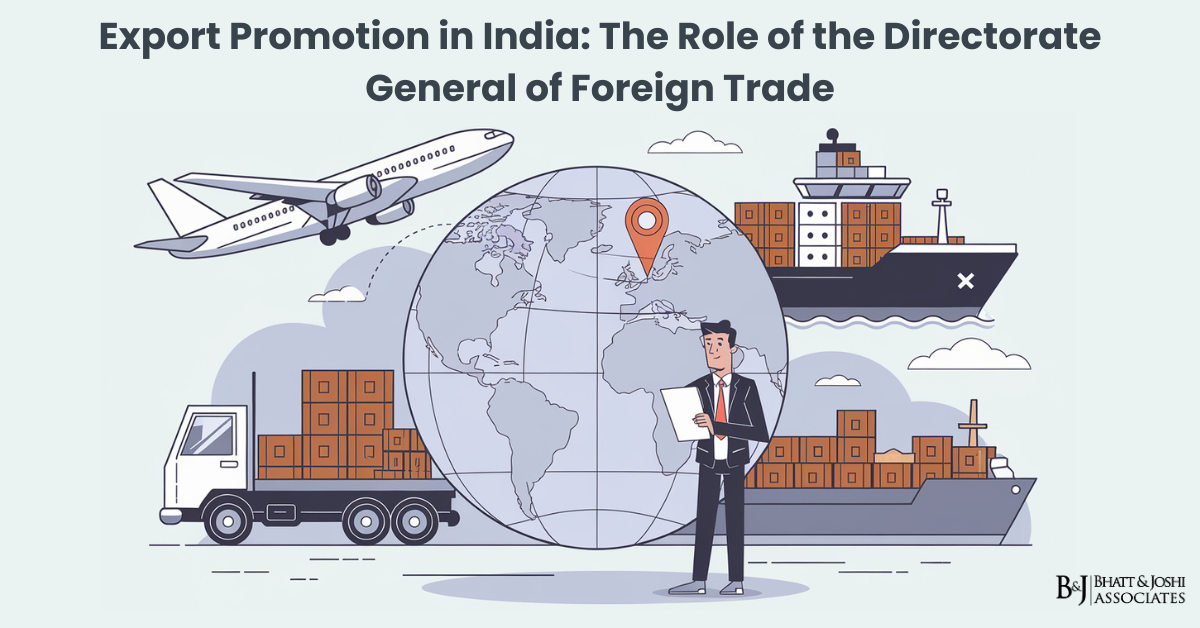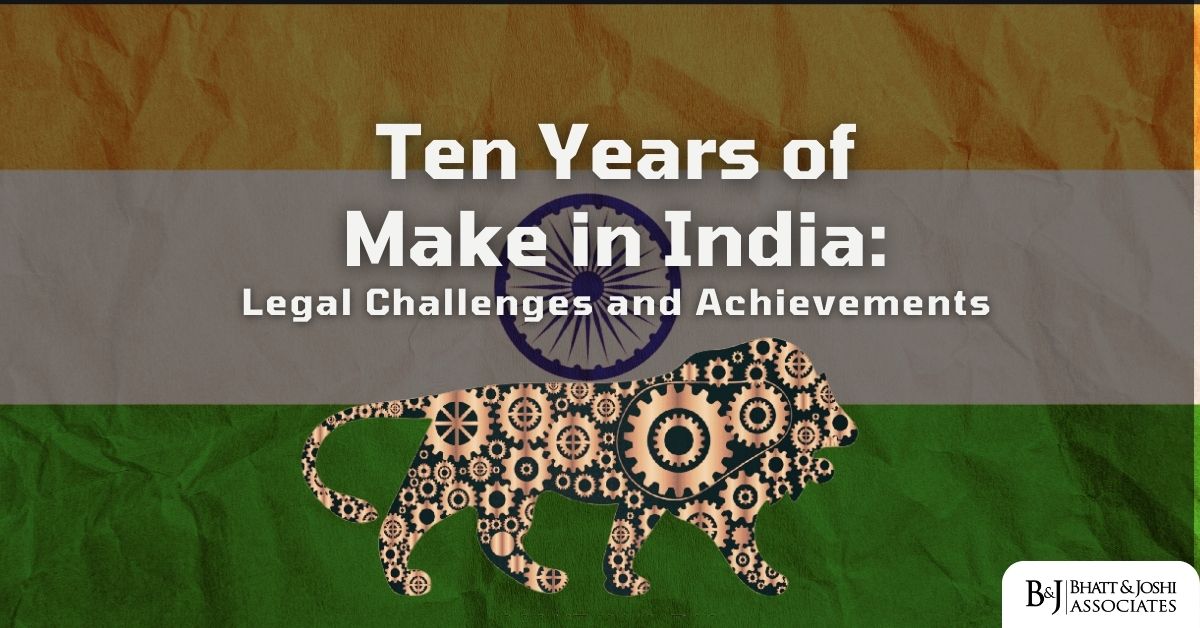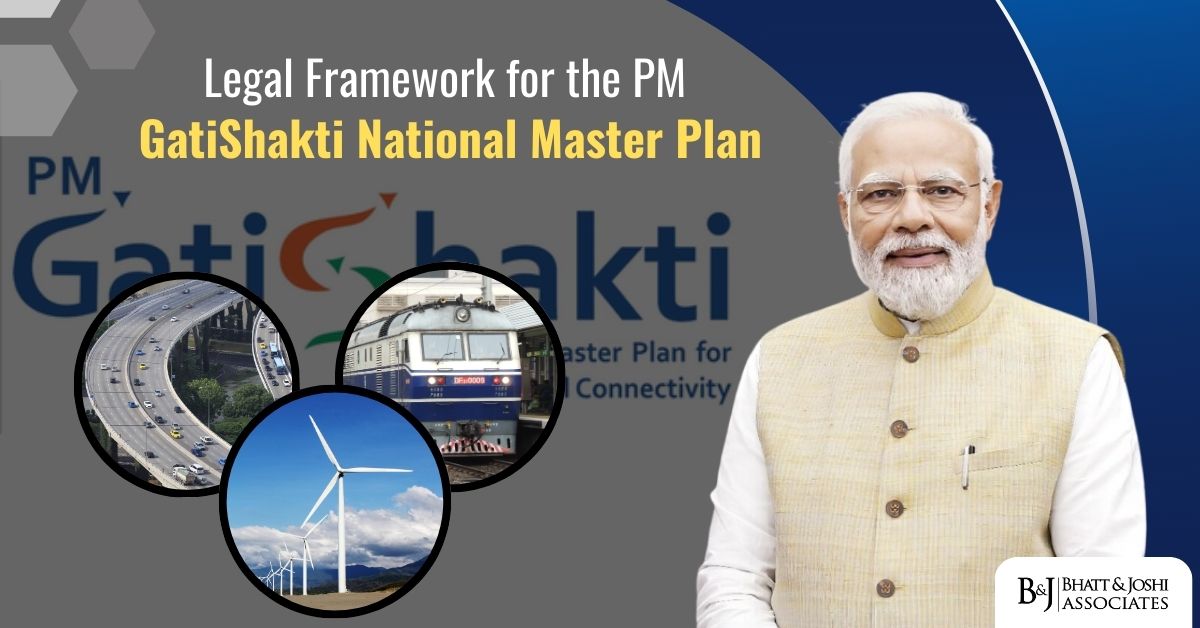Introduction
In the ever-evolving landscape of global trade, export promotion has emerged as a critical pillar of India’s economic strategy. As the world’s fifth-largest economy, India’s export sector plays a pivotal role in driving economic growth, generating employment, and improving the country’s balance of payments. At the forefront of India’s export promotion efforts stands the Directorate General of Foreign Trade (DGFT), a key agency under the Ministry of Commerce and Industry. This article delves into the multifaceted aspects of export promotion in India, exploring the historical context, the establishment and role of the DGFT, the regulatory framework governing exports, and the landmark policies and cases that have shaped India’s export landscape.
Historical Context and Evolution of Export Promotion in India
The history of India’s export promotion efforts can be traced back to the pre-independence era when the country was primarily an exporter of raw materials and agricultural products to Britain and other colonial powers. However, the systematic approach to export promotion began in the post-independence period, as India sought to establish itself as a sovereign economic entity in the global market.
The initial years after independence were characterized by an inward-looking economic policy, with an emphasis on import substitution and self-reliance. However, by the late 1960s and early 1970s, the government began to recognize the importance of exports in earning foreign exchange and promoting economic growth. This period saw the establishment of various export promotion councils and the introduction of export incentives.
A significant milestone in India’s export promotion journey was the establishment of the Export Import Policy Committee in 1962, which laid the groundwork for a more structured approach to foreign trade policy. This was followed by the creation of the Chief Controller of Imports and Exports (CCI&E) in 1977, which was the precursor to the current DGFT.
The economic liberalization of 1991 marked a watershed moment in India’s export promotion strategy. The opening up of the economy necessitated a more proactive and market-oriented approach to exports. It was in this context that the office of the Chief Controller of Imports and Exports was reorganized into the Directorate General of Foreign Trade in 1991, signaling a shift from control to promotion in India’s foreign trade policy.
The Directorate General of Foreign Trade: Establishment and Mandate
The Directorate General of Foreign Trade (DGFT) was established in 1991 as part of the economic reforms initiated by the Government of India. It replaced the former office of the Chief Controller of Imports and Exports, reflecting a paradigm shift from regulation to promotion in India’s approach to foreign trade.
The DGFT operates under the Ministry of Commerce and Industry and is responsible for formulating and implementing the Foreign Trade Policy (FTP) with the main objective of promoting India’s exports. The mandate of the DGFT is derived from the Foreign Trade (Development and Regulation) Act, 1992.
Section 3 of the Act states:
“The Central Government may, by Order published in the Official Gazette, make provisions for the development and regulation of foreign trade by facilitating imports and increasing exports.”
This provision empowers the DGFT to take a wide range of measures to promote exports and regulate imports in the interest of India’s foreign trade.
The primary functions of the DGFT, as outlined in various government notifications and the Foreign Trade Policy, include:
- Formulation and implementation of the Foreign Trade Policy
- Issuance of various authorizations and licenses to exporters and importers
- Monitoring and promotion of exports
- Collection and dissemination of trade statistics
- Interpretation of foreign trade policy provisions and procedures
- Implementation of various export promotion schemes
These functions underscore the comprehensive role of the DGFT in shaping India’s export landscape and facilitating international trade.
Regulatory Framework Governing Export Promotion in India
The regulatory framework governing export promotion in India is primarily based on the Foreign Trade (Development and Regulation) Act, 1992, and the various policies and notifications issued under it. This framework addresses various aspects of foreign trade, including export promotion, import regulation, and trade facilitation.
Foreign Trade (Development and Regulation) Act, 1992
This Act provides the legal basis for the regulation and promotion of foreign trade in India. Section 5 of the Act empowers the Central Government to formulate and announce the export and import policy:
“The Central Government may, from time to time, formulate and announce, by notification in the Official Gazette, the export and import policy and may also, in like manner, amend that policy.”
This provision forms the basis for the Foreign Trade Policy, which is the key instrument for export promotion in India.
Foreign Trade Policy
The Foreign Trade Policy (FTP) is a five-year policy document issued by the DGFT that outlines the government’s vision and strategy for promoting exports and regulating imports. The current FTP (2015-2020) has been extended until September 30, 2021, due to the COVID-19 pandemic.
The FTP contains various schemes and incentives for export promotion, including:
- Merchandise Exports from India Scheme (MEIS)
- Service Exports from India Scheme (SEIS)
- Export Promotion Capital Goods (EPCG) Scheme
- Advance Authorization Scheme
These schemes provide a range of benefits to exporters, including duty credits, duty exemptions, and tax incentives.
Customs Act, 1962
While primarily dealing with the levy of customs duties, this Act also contains provisions relevant to export promotion. Section 75 of the Act provides for drawback of duties on exported goods:
“Where it appears to the Central Government that in respect of goods of any class or description manufactured, processed or on which any operation has been carried out in India, being goods which have been entered for export and in respect of which an order permitting the clearance and loading thereof for exportation has been made under section 51 by the proper officer, or being goods entered for export by post under section 82 and in respect of which an order permitting clearance for exportation has been made by the proper officer, a drawback should be allowed of duties of customs chargeable under this Act on any imported materials of a class or description used in the manufacture or processing of such goods or carrying out any operation on such goods, the Central Government may, by notification in the Official Gazette, direct that drawback shall be allowed in respect of such goods in accordance with, and subject to, the rules made under sub-section (2).”
This provision enables exporters to claim a refund of customs duties paid on imported inputs used in the manufacture of exported goods, thereby enhancing their competitiveness in the global market.
Key Case Laws Shaping Export Promotion Laws in India
The interpretation and application of export promotion laws and policies in India have been significantly shaped by various landmark cases decided by the courts. Some of the notable cases include:
Union of India vs. Exim Aides Silk Exporters (2005)
This case dealt with the interpretation of export promotion schemes. The Supreme Court held:
“Export promotion schemes are in the nature of incentives and do not create any vested right in favor of exporters. The government has the power to amend, modify or withdraw such schemes in public interest.”
This judgment underscored the government’s discretion in formulating and modifying export promotion schemes.
Reliance Industries Ltd. vs. Designated Authority (2006)
This case addressed the issue of calculation of export incentives. The Supreme Court observed:
“The calculation of export incentives should be based on the FOB value of exports and not on the basis of the quantity of goods exported. The purpose of export incentives is to make Indian goods competitive in the international market, and this can be achieved only if the incentives are linked to the value of exports.”
This judgment provided clarity on the methodology for calculating export incentives, emphasizing the importance of value-based calculations.
M/s SRF Ltd. vs. Union of India (2015)
This case dealt with the interpretation of the Advance License Scheme. The Delhi High Court held:
“The Advance License Scheme is meant to enable duty-free import of inputs required for export production. The scheme should be interpreted liberally to promote exports, and any ambiguity in the policy should be resolved in favor of the exporter.”
This judgment emphasized the need for a liberal interpretation of export promotion schemes to achieve their intended objectives.
Recent Developments and Initiatives
In recent years, the export promotion landscape in India has witnessed several significant developments, many of which have been spearheaded or facilitated by the DGFT:
- Digitalization of Export Processes
The DGFT has been at the forefront of digitizing export-related processes to enhance ease of doing business. In 2020, the DGFT launched a new digital platform for Importer-Exporter Code (IEC) related services. The DGFT stated in its public notice:
“The new platform will be a single-point access for all services related to IEC issuance, modification, and amendment. This is a significant step towards paperless, contact-less processing of DGFT-related applications.”
This initiative has significantly reduced the time and effort required for exporters to obtain and manage their IECs.
- Introduction of Remission of Duties and Taxes on Exported Products (RoDTEP) Scheme
In 2021, the government introduced the RoDTEP scheme to replace the Merchandise Exports from India Scheme (MEIS). The scheme aims to reimburse taxes and duties incurred by exporters that are not exempted or refunded under any other existing mechanism. The Ministry of Commerce and Industry stated in its press release:
“RoDTEP is going to be a game-changer for Indian exports as it will make Indian exports more competitive in the global markets. This scheme is in compliance with World Trade Organization (WTO) norms.”
This scheme is expected to boost India’s export competitiveness in the global market.
- Focus on E-commerce Exports
Recognizing the growing importance of e-commerce in international trade, the DGFT has been working on policies to promote e-commerce exports. In 2020, the DGFT released a handbook on e-commerce exports, stating:
“E-commerce exports have the potential to become a significant contributor to India’s export basket. This handbook aims to provide guidance to first-time exporters on how to leverage e-commerce platforms for international trade.”
This initiative is expected to open up new opportunities for small and medium enterprises to engage in export activities.
Challenges and Future Prospects of Export Promotion
Despite significant progress, India’s export promotion efforts face several challenges:
- Global Economic Uncertainties
The global economic landscape, characterized by trade tensions, protectionist policies, and economic slowdowns in major economies, poses challenges for Indian exporters. The DGFT needs to continuously adapt its strategies to navigate these uncertainties.
- Infrastructure and Logistics
Inadequate export infrastructure and high logistics costs continue to impact the competitiveness of Indian exports. Addressing these issues requires coordinated efforts across various government departments and agencies.
- Compliance with Global Standards
As global supply chains become more integrated, compliance with international quality standards and regulations has become increasingly important. Indian exporters need support in meeting these standards to enhance their global competitiveness.
- Diversification of Export Basket and Markets
India’s exports are concentrated in certain products and markets, making them vulnerable to external shocks. There is a need to diversify both the export basket and destination markets.
To address these challenges and harness future opportunities, the DGFT and the government have been taking various steps:
- New Foreign Trade Policy
The government is in the process of formulating a new Foreign Trade Policy that is expected to address emerging challenges and opportunities in global trade. The policy is likely to focus on enhancing the ease of doing business for exporters, promoting e-commerce exports, and leveraging free trade agreements.
- Export Infrastructure Development
The government has launched various initiatives to improve export infrastructure, including the Trade Infrastructure for Export Scheme (TIES) and the development of dedicated freight corridors.
- Capacity Building and Skill Development
The DGFT has been focusing on capacity building of exporters through various training programs and workshops. These initiatives aim to enhance exporters’ understanding of global trade dynamics, quality standards, and export procedures.
- Promotion of District Export Hubs
The government has initiated efforts to promote each district of India as an export hub, leveraging the unique products and services of each region. This initiative aims to boost exports while promoting balanced regional development.
Conclusion
Export promotion in India, under the aegis of the Directorate General of Foreign Trade, has come a long way since the country’s independence. From an era of stringent import controls and limited export focus, India has transformed into a significant player in global trade, with a comprehensive export promotion framework in place.
The DGFT has played a pivotal role in this transformation, evolving from a regulatory body to a facilitator and promoter of exports. Through its various policies, schemes, and initiatives, the DGFT has been instrumental in enhancing India’s export competitiveness, diversifying its export basket, and helping Indian businesses integrate into global value chains.
As India aspires to become a $5 trillion economy and increase its share in global trade, the role of effective export promotion becomes even more critical. The DGFT will need to continue adapting its strategies and tools to address emerging challenges, particularly in areas like e-commerce exports, service exports, and compliance with evolving global standards.
The future of export promotion in India lies in leveraging technology, enhancing ease of doing business, developing robust export infrastructure, and fostering innovation in export products and services. As global trade dynamics continue to evolve, the DGFT’s ability to anticipate and respond to these changes will be crucial in shaping India’s export success.
The journey of export promotion in India is an ongoing one, reflective of the country’s growing economic ambitions and its changing position in the global economic order. As new challenges emerge and opportunities unfold, the principles of export promotion enshrined in India’s foreign trade policy, and implemented by the DGFT, will continue to be a cornerstone of India’s economic strategy, playing a crucial role in the country’s journey towards becoming a global economic powerhouse.














